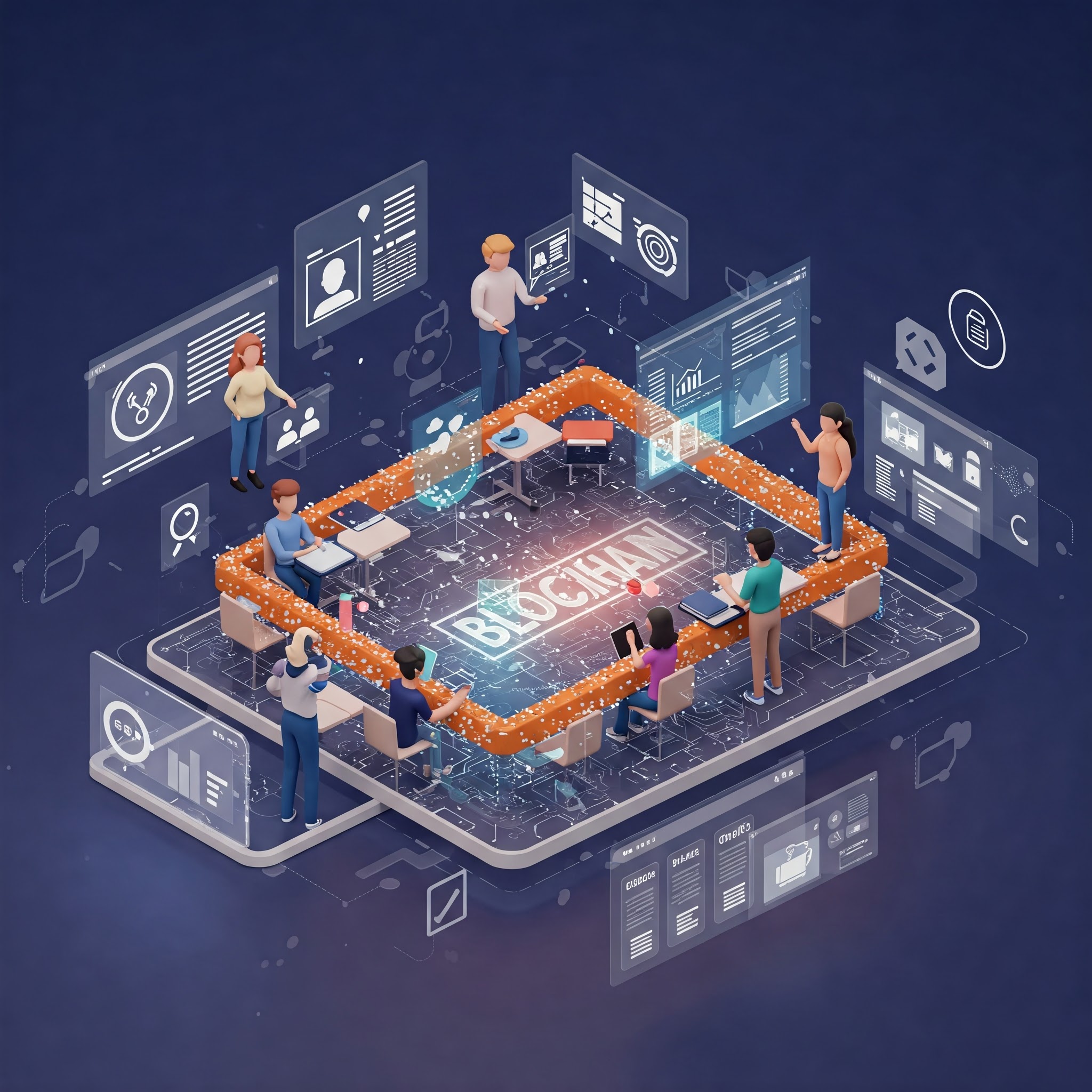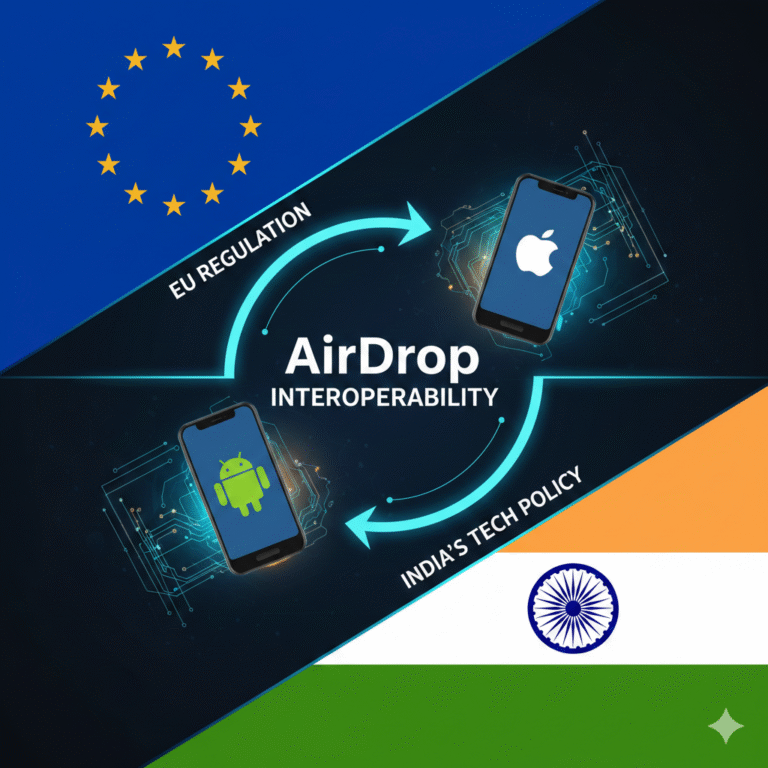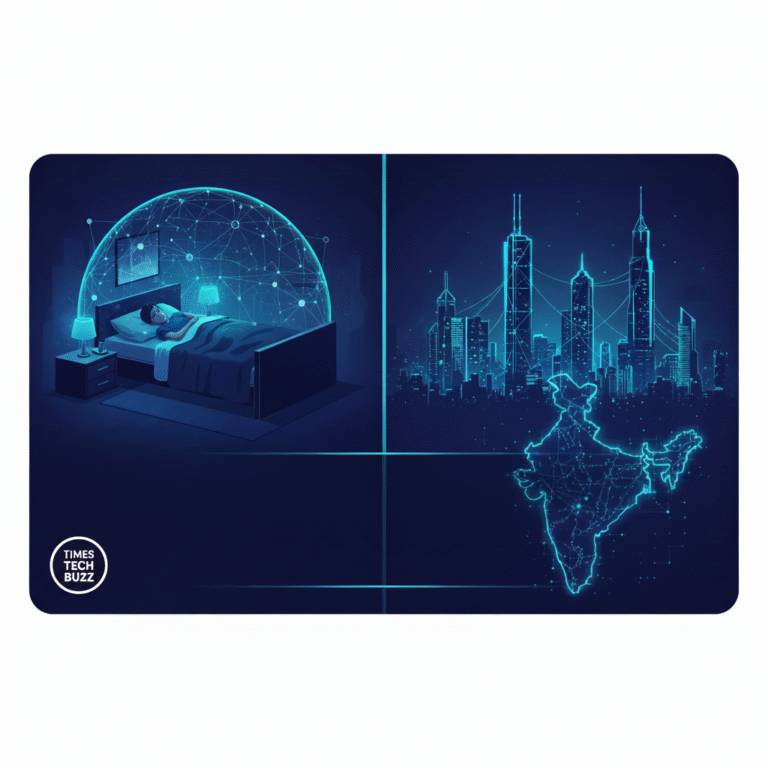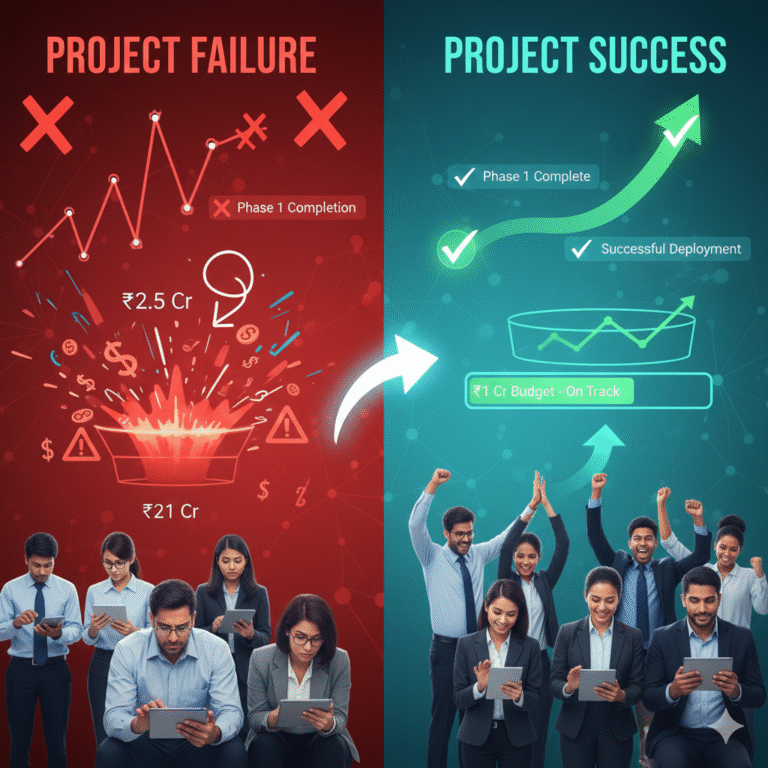The education sector is on the cusp of a significant transformation, thanks to the rise of Web3 technologies. Web3 education platforms are emerging as a powerful force, leveraging blockchain, decentralized finance (DeFi), and other innovative technologies to create more engaging, equitable, and rewarding learning experiences.1 These platforms are moving beyond traditional models of education, offering learners greater control, ownership, and transparency.2
Key Features of Web3 Education Platforms
Web3 education platforms incorporate several key features that differentiate them from traditional learning platforms:
- Decentralization: Learning content is stored and managed on decentralized networks like blockchain, ensuring data security, immutability, and ownership for learners and educators.3
- Tokenization: Learning achievements, credentials, and even in-platform currencies can be tokenized, allowing for verifiable and secure record-keeping and incentivizing participation.4
- Gamification and Rewards: Web3 education platforms often incorporate gamified elements, such as rewards systems, badges, and leaderboards, to motivate learners and encourage engagement.5
- Community-Driven Learning: Many platforms foster a strong sense of community by enabling peer-to-peer learning, collaborative projects, and decentralized governance models.6
- Interoperability: Web3 education platforms aim for interoperability, allowing learners to seamlessly transfer their credentials and learning records across different platforms.7
Applications of Web3 Education Platforms
The applications of Web3 education platforms are diverse and far-reaching:
- Micro-credentialing and Certification: Blockchain technology can be used to issue and verify micro-credentials and certifications, ensuring authenticity and transparency.8
- Personalized Learning Paths: Web3 platforms can personalize learning experiences by analyzing individual learning styles, preferences, and progress to create customized learning paths.9
- Funding and Scholarships: Decentralized finance (DeFi) can be used to create decentralized funding models for education, enabling individuals and organizations to contribute to scholarships and educational initiatives.
- Knowledge Sharing and Collaboration: Web3 platforms can facilitate the creation of decentralized knowledge bases and collaborative learning environments, enabling learners to connect and share knowledge with others around the world.10
- Gamified Learning Experiences: By incorporating game mechanics and rewards, Web3 platforms can make learning more engaging and fun, motivating learners to achieve their educational goals.
Challenges and Considerations
While Web3 education platforms offer significant potential, several challenges need to be addressed:
- Scalability: Scaling blockchain-based platforms to handle a large number of users and transactions can be challenging.11
- Interoperability: Ensuring seamless interoperability between different Web3 education platforms is crucial for widespread adoption.
- Data Privacy and Security: Protecting user data and ensuring the security of learning records on decentralized networks is paramount.
- Accessibility: Ensuring that Web3 education platforms are accessible to learners from all backgrounds, regardless of their technical expertise or socioeconomic status, is crucial.
- Regulation and Governance: Establishing clear regulatory frameworks and governance models for Web3 education platforms is essential to ensure fairness, transparency, and accountability.
The Future of Web3 Education
Despite these challenges, the future of Web3 education looks promising. As the technology matures and the ecosystem evolves, we can expect to see even more innovative and impactful applications emerge. Web3 education has the potential to revolutionize the way we learn, empowering learners with greater control, ownership, and agency over their educational journey.12
Conclusion
Web3 education platforms are poised to transform the learning landscape by leveraging the power of blockchain, decentralized finance, and other innovative technologies.13 By creating more engaging, equitable, and rewarding learning experiences, these platforms have the potential to unlock new opportunities for learners and educators worldwide. While challenges remain, continued innovation and development will pave the way for a more decentralized, democratized, and personalized future of education.
Frequently Asked Questions (FAQs)
- What are Web3 education platforms?
- Web3 education platforms leverage blockchain and other Web3 technologies to create innovative learning experiences.14
- How do Web3 education platforms differ from traditional learning platforms?
- They offer features like decentralization, tokenization, gamification, and community-driven learning.15
- What are the benefits of using Web3 education platforms?
- Increased control, ownership, and transparency for learners, improved learning outcomes, and enhanced engagement.16
- How does blockchain technology benefit Web3 education?
- Blockchain enables secure and verifiable record-keeping of learning achievements and credentials.17
- What are the challenges of Web3 education?
- Scalability, interoperability, data privacy and security, accessibility, and regulation.
- How can Web3 education platforms improve learning outcomes?
- By providing personalized learning paths, gamified experiences, and engaging learning environments.18
- What is the role of DeFi in Web3 education?
- DeFi can be used to create decentralized funding models for education, enabling individuals and organizations to contribute to scholarships.19
- How can I get started with Web3 education?
- Explore existing Web3 education platforms, research available courses and programs, and engage with the Web3 education community.
- What are the ethical considerations of Web3 education?
- Ensuring equitable access, protecting user data, and mitigating potential biases are crucial ethical considerations.
- What is the future of Web3 education?
- The future looks promising, with the potential to revolutionize the way we learn and empower learners worldwide.
- How can Web3 education address the challenges of traditional education systems?
- By providing more flexible and accessible learning opportunities, reducing the cost of education, and empowering learners with greater control.20
- What are some examples of Web3 education platforms?
- While the field is still evolving, some examples include platforms offering blockchain-based credentials, decentralized learning marketplaces, and gamified educational experiences.21
- How can I contribute to the development of Web3 education?
- By participating in research projects, developing new educational applications, and engaging with the Web3 education community.
- What are the potential risks associated with Web3 education?
- Risks include potential security vulnerabilities, data breaches, and the potential for misuse of personal data.22
- How can we ensure equitable access to Web3 education?
- By addressing digital divide issues, providing affordable access to technology, and creating inclusive and accessible learning environments.23










+ There are no comments
Add yours